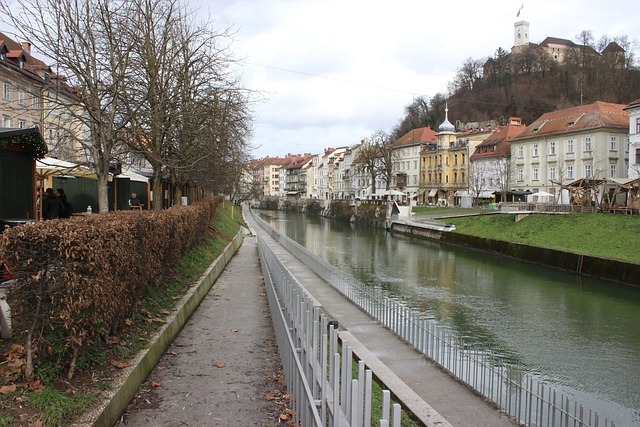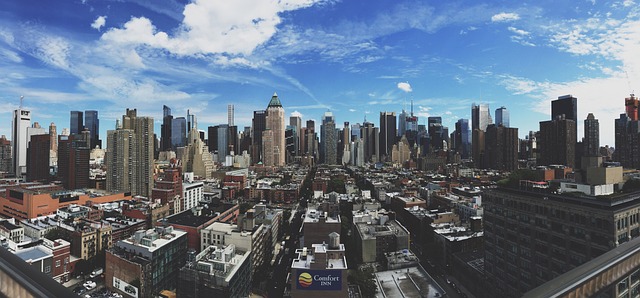Karachi, Pakistan's bustling metropolis, faces severe air quality challenges due to dense population and rapid urbanization. The Air Quality Index (AQI) serves as a crucial tool for monitoring and communicating pollution levels, categorizing air quality as good, moderate, unhealthy, or hazardous. North Nazimabad, a dynamic neighborhood, grapples with complex environmental issues from industrial zones and coastal location but shows commitment to enhancing environmental quality through green spaces development and waste management. Rising AQI levels pose health risks, especially for vulnerable populations, leading to increased hospital admissions. Local authorities and environmental groups are implementing initiatives like strict vehicle emission norms, fostering green spaces, and raising public awareness to combat air pollution and ensure a healthier future for Karachi's residents.
The air quality in Karachi, particularly in North Nazimabad, has become a growing concern. This comprehensive guide explores the Air Quality Index (AQI) and its impact on the city’s environment and residents’ health. We delve into North Nazimabad’s unique environmental challenges, identifying key factors influencing air pollution. By understanding these factors, we highlight potential solutions and initiatives aimed at improving Karachi’s overall air quality, offering insights into a healthier future for this vibrant metropolis.
- Understanding the Air Quality Index (AQI) in Karachi
- North Nazimabad's Environmental Profile
- Factors Affecting Air Quality in the Area
- Health Implications of High AQI Levels
- Efforts and Initiatives for Better Air Quality in Karachi
Understanding the Air Quality Index (AQI) in Karachi

The Air Quality Index (AQI) is a crucial metric for understanding and communicating air pollution levels in cities like Karachi, where environmental conditions can vary significantly. This index provides a standardized way to categorize air quality based on key pollutants, allowing residents and authorities alike to make informed decisions regarding health precautions and policy interventions. Karachi, being one of Pakistan’s most vibrant metropolises, faces unique challenges when it comes to air quality due to its dense population, industrial activities, and traffic congestion.
The AQI is designed to offer a simple yet comprehensive overview of the city’s air health. It combines measurements of various pollutants such as particulate matter (PM2.5 and PM10), nitrogen dioxide (NO2), sulfur dioxide (SO2), and ozone (O3) to calculate an overall index value. Different color-coded categories help identify when air quality is good, moderate, unhealthy, or hazardous for sensitive groups like children, the elderly, and those with respiratory conditions. By staying informed about the AQI in Karachi, residents can take proactive measures to protect their well-being, especially on days when pollution levels soar.
North Nazimabad's Environmental Profile

North Nazimabad, a vibrant neighborhood in Karachi, Pakistan, boasts an environmental profile that’s both complex and ever-evolving. The area is surrounded by a mix of industrial zones, bustling markets, and residential areas, each contributing to its unique ecological dynamics. The city’s strategic location along the coast brings both advantages and challenges, as it faces issues like air pollution due to traffic congestion and nearby industrial emissions.
Despite these challenges, North Nazimabad has seen efforts to enhance its environmental quality. Local initiatives and government programs have been implemented to promote sustainable practices, such as green spaces development and waste management campaigns. These efforts play a crucial role in mitigating the impact of urban growth on the area’s air quality, making Karachi’s North Nazimabad a testament to the city’s ongoing commitment to balancing progress with environmental stewardship.
Factors Affecting Air Quality in the Area

The air quality in North Nazimabad, Karachi, is influenced by a multitude of factors that contribute to its current state. One primary consideration is the city’s dense population and rapid urbanization, leading to increased traffic congestion and industrial activities. The proximity of these areas to residential zones directly impacts the level of air pollution, as vehicle emissions and industrial discharge become significant contributors to the local atmosphere.
Additionally, Karachi’s geographical location makes it susceptible to certain environmental conditions. Wind patterns play a crucial role in dispersing pollutants, while topographical features can either mitigate or enhance their impact. The coastal area’s unique climate also introduces elements like sea salt and humidity, which interact with other air quality determinants, such as construction activities and open burning of waste, further complicating the overall picture in North Nazimabad.
Health Implications of High AQI Levels

In Karachi, like many cities worldwide, the Air Quality Index (AQI) is a critical indicator of environmental health. When AQI levels rise, so do the potential health implications for residents. High AQI levels, often experienced in urban areas, are associated with an increased risk of respiratory and cardiovascular diseases, as well as eye irritation and other discomforts.
Children, the elderly, and individuals with pre-existing health conditions are particularly vulnerable to these effects. In Karachi, where air pollution is a significant concern, maintaining high AQI levels can lead to a surge in hospital admissions for asthma, bronchitis, and other breathing issues. Therefore, monitoring and understanding the AQI is crucial for the well-being of the city’s inhabitants, prompting actions to mitigate air pollution and ensure cleaner air for all Karachis.
Efforts and Initiatives for Better Air Quality in Karachi

Karachi, as a bustling metropolis, faces significant air pollution challenges, prompting various efforts and initiatives to improve air quality. The city’s dense population and rapid urbanization have contributed to an increase in pollutants, affecting the health and well-being of its residents. Local authorities and environmental organizations are actively working towards mitigating these issues. One notable strategy is the implementation of strict emission norms for vehicles, encouraging the adoption of cleaner transportation options.
Additionally, Karachi has seen the development of green spaces and urban forests, aiming to reduce pollution levels. These initiatives focus on increasing vegetation cover, which acts as a natural air filter. The city’s government also promotes public awareness campaigns to educate residents about the impact of daily choices on air quality. Such efforts collectively contribute to creating a sustainable environment for the future of Karachi.
The air quality index (AQI) in North Nazimabad, Karachi, highlights the city’s complex environmental challenges. Understanding the AQI and its factors, such as industrial emissions, traffic congestion, and weather conditions, is crucial for addressing the health implications associated with high AQI levels. Fortunately, various initiatives are underway to improve air quality in Karachi, offering hope for a healthier future for its folks. By continuing these efforts and promoting sustainable practices, the city can strive towards cleaner air and a vibrant, bustling metropolis.

Leave a Reply